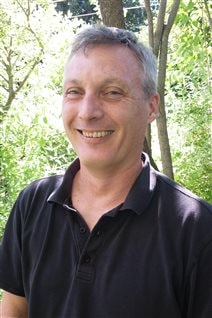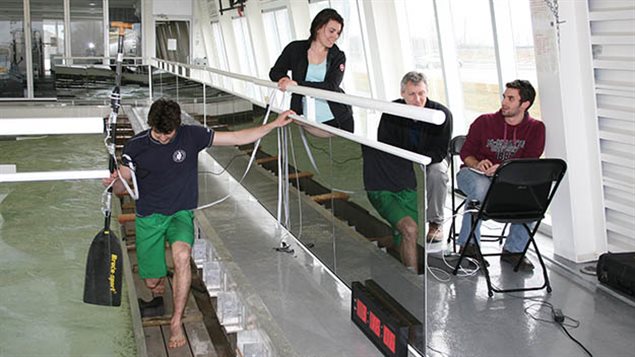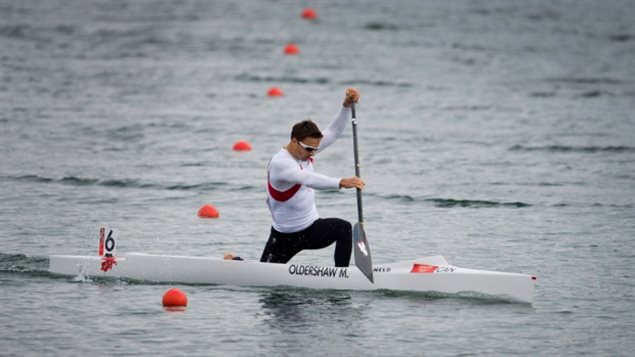If there’s one thing Canadians know about it’s canoeing, kayaking and rowing.
For east coast Canada, rowing small a small dory out onto the sea was a way of life, as it was for the Inuit in the far north in their kayaks, and for aboriginals and fur traders in canoes across all of the interior of Canada.
And yet the simple act of dipping your paddle into the water is actually a highly complex mechanical action involving fluid dynamics, turbulence, drag, and a lost more.
This is especially so since these traditional methods of travel have evolved into high performance international competitions. One man, and his team, is looking to improve that with a high-tech study of paddles and performance.
Professor Stephen Tullis (PhD) is an associate professor in the Mechanical Engineering Department at McMaster University in Hamilton Ontario.
Listen
Professor Tullis has long been studying wind turbine blades, but found that the movement of paddles and oars through water is actually quite a similar mechanical phenomenon.
The McMaster tech study involved creation of a computerized paddle and other analytic programmes to study the dynamics of water movement around the paddle and the technique and efforts of the paddler.
“In a canoe, or a rowing boat, the interaction of the blade with the water is how the athlete’s power is transformed into boat speed,” says Tullis, who rowed competitively at Cambridge University in England. “Where the blade meets the water is where all the complicated physics and hydrodynamics is going on.
The idea is to enable competitive canoe and kayakers to judge their technique and performance in real time in order to improve.
The new technology also can lead to slight design modifications to improve the performance of the paddles themselves.
The research involves in part, testing at a flume pool in Welland Ontario, basically the water equivalent of a wind tunnel.
Using the water flow and paddle equipped with several sensors, and involving supercomputers for modelling, the team under professor Tullis’ guidance is developing new methods of providing real time feedback to athletes to determine the efficiency of their technique.
He may just be a secret weapon to even better results at international competitions adding that, yes, some of the research is secret and going only to the Canadian competitive rowing and paddling bodies.
Funding for the research came from a not-for-profit Canadian programme called “Own the Podium”, dedicated to developing Canadian athletes

Professor Tullis also wants to note the important contributions of Andrew Sliasas research engineer on the rowing side, and Dana Morgoch graduate student and sprint canoeist.







For reasons beyond our control, and for an undetermined period of time, our comment section is now closed. However, our social networks remain open to your contributions.